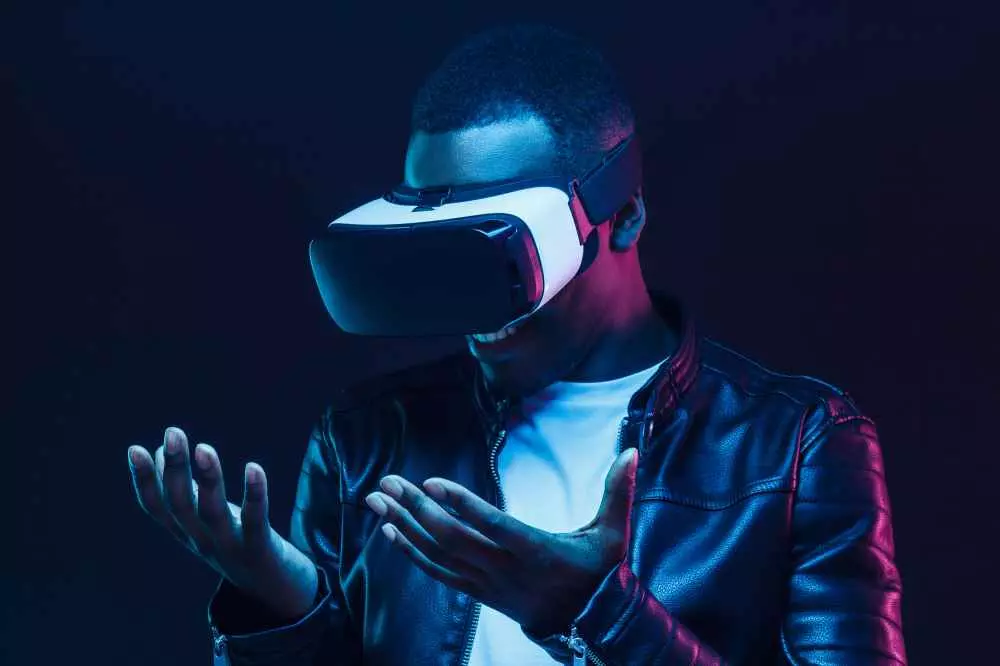Introduction to the Role of Technology in Museums
Museums, as cultural institutions, play a key role in the preservation and presentation of national heritage. In recent years, technology has begun to play an increasingly important role in their operation. Thanks to modern technological solutions, a museum not only preserves collections, but also engages visitors on a whole new level.
In this article, we will look at how technology is changing the face of museums and what innovative solutions are being used to make the visiting experience more interactive and educational.
Use of Virtual Reality
Virtual reality (VR) has become one of the most important tools for museums that want to transport visitors to different eras and places. With VR, visitors can travel back in time, exploring historical events and places that would never be available in reality.

For example, a museum might offer the opportunity to "tour" an ancient city, such as Pompeii, in its heyday, giving visitors a unique insight into the daily lives of the inhabitants centuries ago.
Interactive exhibitions
More and more museums are introducing interactive exhibitions that engage visitors' senses. Instead of just viewing artifacts, visitors can touch and manipulate them and use various touch screens that offer additional information about the exhibits.
These interactive elements not only make the tour more interesting, but also allow for a deeper understanding and memory of the content presented.
Mobile educational apps
In the age of smartphones and tablets, mobile apps have become an integral part of the museum experience. Museums offer apps that provide detailed descriptions of exhibits, additional information and multimedia to complement the exhibition experience.
Some apps allow visitors to create their own tours or participate in educational games that can be resolved during the tour. In this way, visitors can fully customize their experience according to their needs and interests.
Artificial intelligence in museum customer service
Artificial intelligence (AI) is gaining prominence in many industries, and museums are no exception. Chatbots and facial recognition systems could revolutionize the way museums serve their visitors. With AI, museums can offer personalized experiences and better support for visitors.
For example, using chatbots, visitors can ask questions about exhibitions, and the system responds immediately, providing the information they need. This innovative way of communication significantly improves the customer experience.
Digitization of museum collections
Digitization has become an essential process for museums that want to preserve their collections in a secure way. With digitization, museum professionals can create digital versions of their artifacts, allowing them to be archived and more easily accessible to researchers and those interested in art.
What's more, digital collections can be made available online, allowing the museum to reach a wider audience, including those who can't visit the museum in real life. Such a step increases the reach and accessibility of culture.
Hybrid exhibitions
Hybrid exhibitions combine physical and digital elements to create unique experiences. In such a model, visitors can participate in an exhibition both on-site and remotely, significantly increasing the accessibility and flexibility of the presentation.
Hybrid exhibition formats open up new possibilities for museums, which can attract diverse audiences by tailoring their content to suit a variety of visitor preferences. Such a solution is especially important in times of uncertainty, when traditional forms of visiting may be hampered.
Summary: The future of museums in the age of technology
There is no denying that technology is changing the face of museums. Virtual reality, interactive exhibitions, mobile apps, artificial intelligence, digitization and hybrid exhibitions are just some of the many innovations that are affecting the way museums present their collections.
As technology evolves, museums must adapt to the changes in order to attract new visitors and maintain the interest of regular visitors. With these innovations, museums are becoming not only places to store artifacts, but also dynamic educational spaces that inspire and engage all who visit.